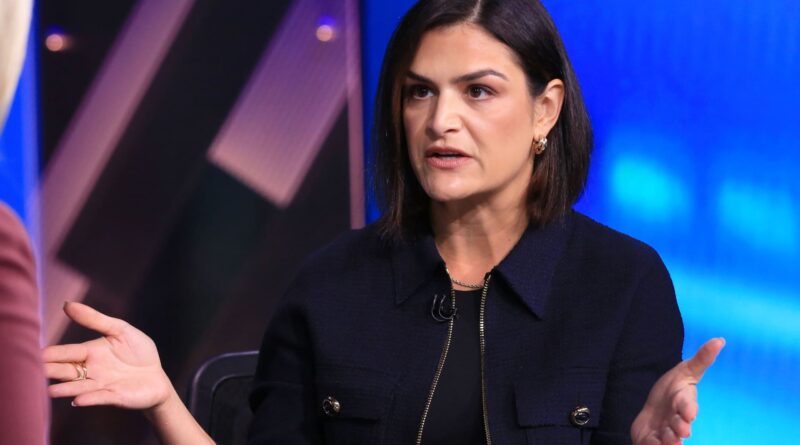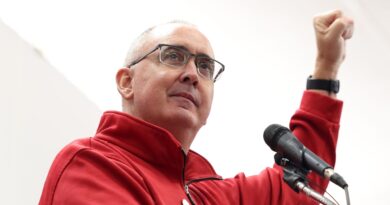The Ozempic effect has battered this weight loss stock, but Morgan Stanley says it’s a top pick
[ad_1]
Game-changing anti-obesity medications have posed nothing short of an existential crisis for Weight Watchers parent WW International since they arrived on the scene, but CEO Sima Sistani has been confronting this challenge head-on. Despite an 11% dive in the stock Friday, Morgan Stanley said it thinks the company “has gone through an incredible transformation over the past year,” and named the stock its top pick among small- and mid-cap internet stocks. “Sequence has quickly and profitably become one of the top players in the GLP-1 telehealth space while flipping WW’s GLP-1 bear case to a bull case,” analyst Lauren Schenk wrote in a research note Friday, referring to a telehealth platform WW agreed to buy in March. Sequence gives subscribers access to GLP-1 medications such as Novo Nordisk’s Wegovy and Ozempic. “With all eyes on the FDA upcoming action for [ Eli Lilly ‘s] Mounjaro/tirzepatide obesity label expansion (expected by [year-end]), there are catalysts that could unlock supply and help Sequence monetize the existing demand,” Schenk wrote. On Thursday, WW reported a deeper-than-expected decline in third-quarter revenue , and warned its annual sales would likely fall to the low-end of its forecasted range. Schenk said the concern about the drop in WW’s average revenue per user “seems overblown” and has created a buying opportunity for the stock. WW shares are up nearly 90% since the start of the year, but have dropped more than 30% over the past month. Schenk’s $13 price target implies the stock could rally 78% from Friday’s close. “We believe the lifetime value of [subscribers] acquired in 3Q was in line to better than expectations, but the cadence of recognizing that value is slightly longer,” she said. Stabilizing core business WW has been focused on stabilizing its core weight loss business. It is closing down its low-margin consumer products business, which sold snack bars, recipe books and other products. Also, during the latest quarter, more members took advantage of lower cost long-term memberships, which hurt revenue. Schenk said these steps are making the company’s marketing spending more efficient, which will help profits. Meanwhile, WW is working to develop Sequence after closing on the deal in April . At the end of the third quarter, it had 45,000 clinical subscribers. There has been huge interest in Novo and Lilly’s new class of appetite-suppressing weight loss drugs, which have proven to help patients shed pounds more quickly and easily. However, access to these drugs has been strained by several factors, including their high cost and limited supply. WW YTD mountain WW shares in 2023 Schenk said she was encouraged by the growth of Sequence subscribers despite the bottlenecks and thinks it bodes well for growth acceleration as shortages subside. This week, Lilly said it expected the Food and Drug Administration remained on track to approve tirzepatide for obesity by the end of the year. The company has been working aggressively to bulk up its manufacturing capacity , having seen the issues Novo Nordisk has had keeping its GLP-1 medications in stock. Since May, Novo has been restricting sales of the lower starting doses of Wegovy to ensure that patients already taking the drug have the supply they need to continue their treatment. Separately, Novo said this week it has been gaining ground in convincing insurance companies to cover the drug , which has a list price of around $1,350 per month. Both developments are a positive for WW’s Sequence business. Schenk estimates that around 6 million current or lapsed WW subscribers would qualify for treatment with obesity medication.
[ad_2]
Source link



